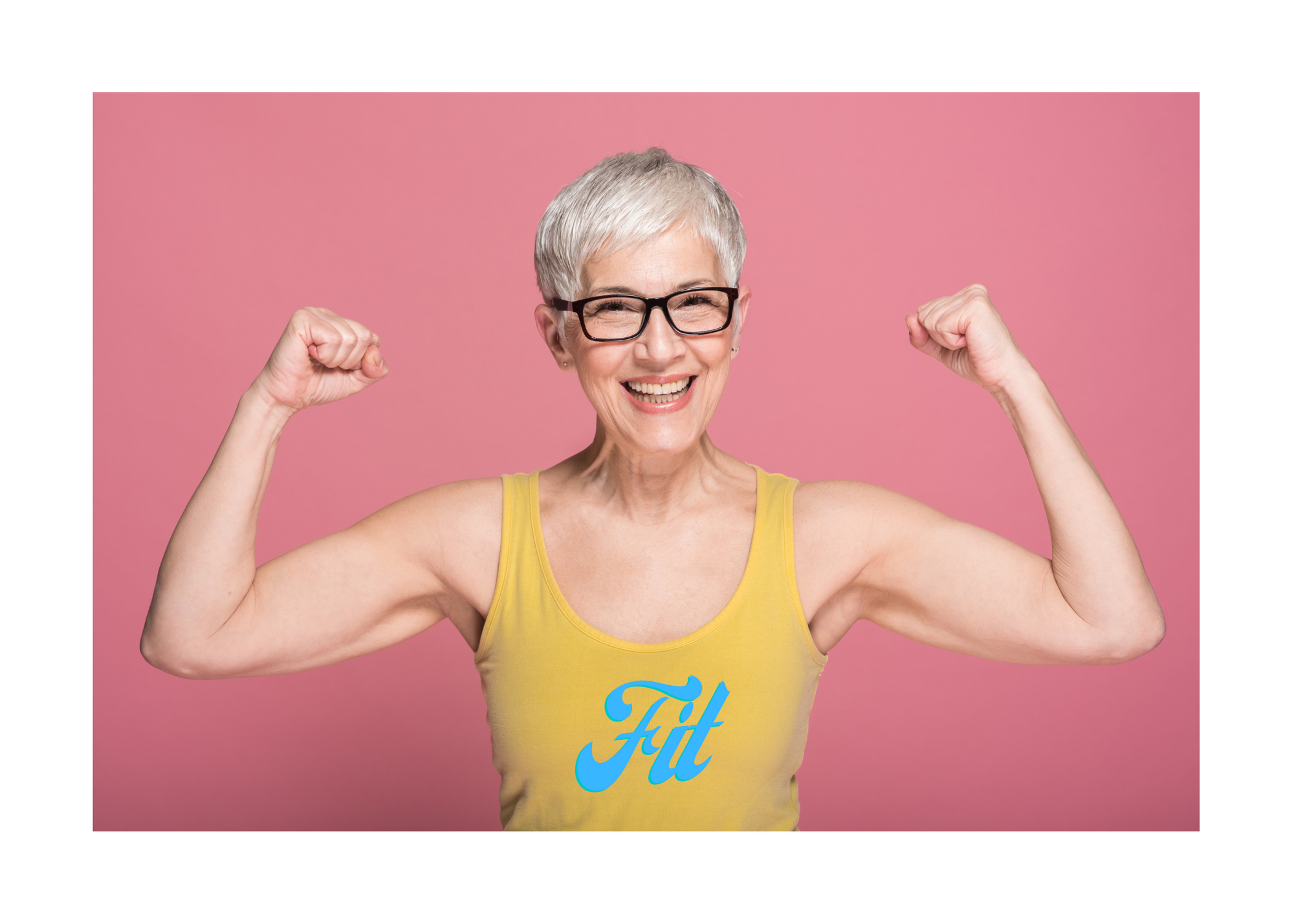
Nourishing Diet During Menopause and Beyond
If you’re a woman experiencing menopause and truly struggling to find information or guidance to help you understand the changes to your body and how this impacts your everyday life, including exercising, let me tell you that you are not alone.
When in our 40’s, we struggle with inexplicable fatigue, sluggishness, restlessness throughout the night, poor sleep quality, sudden food sensitivities, intolerances, or a complete lack of mojo to hit the gym. We might be experiencing a hormonal change leading to the end of our menstruation cycles.
Menopause is a dynamic hormonal process in which the natural cessation of menstruation occurs. It lasts from two years to a decade. Most reproductive hormones act widely throughout the body, affecting not only our reproductive organs but a host of other areas making us change as a whole person. It is a major turning point in our lives as we usually shift our focus to our own self-care. We make sure we’re eating well, take action on improving our fitness level, reassesse our work-life balance. We are also seeking support from family, friends, and health professionals. Talk to your coach about your concerns; there’s no need to feel confused or disoriented.
You can easily find more information on the net about the menopausal stages —check out canada.com, menopauseandu.ca, or healthline.com— but it’s not that easy to find concrete approaches on how our diet or exercise should look like to ease this healthy transition.
Focusing on quality nutrition is key to maintain healthy body composition, manage symptoms of changing menstrual cycles, decrease disease risk. I also helps reduce inflammation (and inflammation-related pain), improve skin quality, and promote dental health.
Our first step towards quality nutrition is slowing down and paying attention.
Eating slowly gives your body time to recognize that you’ve eaten the amount your body needs, promoting feeling more satisfied. It will also help you know when you’re truly physically hungry and alleviate digestive upset, like bloating and heartburn.
The second step is to fill your plate with high-quality food.
Steer away from refined, processed, and prepared meals. Stick to your portions and choose quality over quantity. 1-2 cupped handfuls of slow-digesting, high-fiber carbohydrates at most meals will provide a source of immediate energy for all of your body’s cells while helping in controlling insulin response, energy levels, and body composition. They also may reduce triglycerides and improve one’s cholesterol profile. These unrefined, unprocessed, complex carbohydrate sources are beans and legumes, peas, carrots, parsnips and yams; barley and oats and apples, oranges, peaches, pears, plums, nectarines, and grapefruit.
Regarding protein, the building blocks of life, evidence suggests that our needs go up as we age. More protein means more lean mass and better bone density, especially if we’re also doing resistance training. Protein helps replace worn-out cells, transports various substances throughout the body, and aids in growth and repair. This translates into better skin quality and healthier hair and nails. Last but not least, it can also help to mobilize free fatty acids from adipose tissue, which will be metabolized to yield energy. During menopause aim for at least 1 palm-sized portion of high-quality protein at most meals. It will provide your body with enough amino acids to produce important molecules – like enzymes, hormones, neurotransmitters, and antibodies. Without adequate protein intake, our bodies can’t function well at all.
Our third step is high-quality fats.
Include them in your diet in an adequate proportion to your unique needs to support metabolism, cell signaling, the health of various body tissues, immunity, hormone production, and the absorption of many nutrients (such as vitamins A and D). Having enough fat will also help keep you feeling full between meals. I will help as well with skin changes, improve your body composition, and alleviate depression. By using the right fats for cooking and consuming high-quality whole foods, you’re ensuring a balance of the right macronutrients that your metabolism ultimately needs.
The fourth step is hydration.
Drinking plenty of water and keeping your salt intake moderate can help with water retention and breast tenderness. This can fluctuate over your cycle, as well as skin quality. Notice whether caffeine in coffee, tea, energy drinks, dark chocolate or any medication triggers or exacerbates any symptoms you have, such as breast tenderness or migraines. Experiment with reducing or avoiding caffeine.
The fifth step is supplements.
They may play an important role in feeling better overall, with some evidence suggesting that vitamin D, Omega-3 fatty acids, calcium, and magnesium supplementation can lessen perimenopausal and menopausal symptoms, like hot flashes, depression and memory decline, and hormone-related cramps and migraines.
Our final destination on this menopausal journey is overall self-care choices. Taking up leisure activities, spending time in nature, reconnecting with your inner energy, expanding your social circle and connections and many other self-care options will have a huge impact on our wellbeing for the rest of our lives. Let’s take advantage of this unique chance to show the best seeds that will reap the most benefits.
In health,



